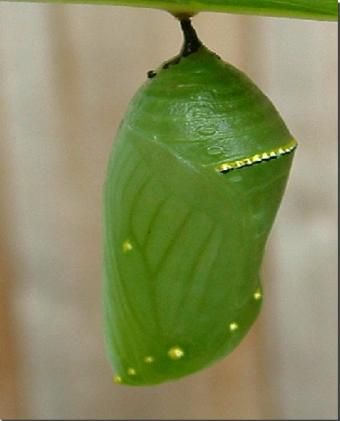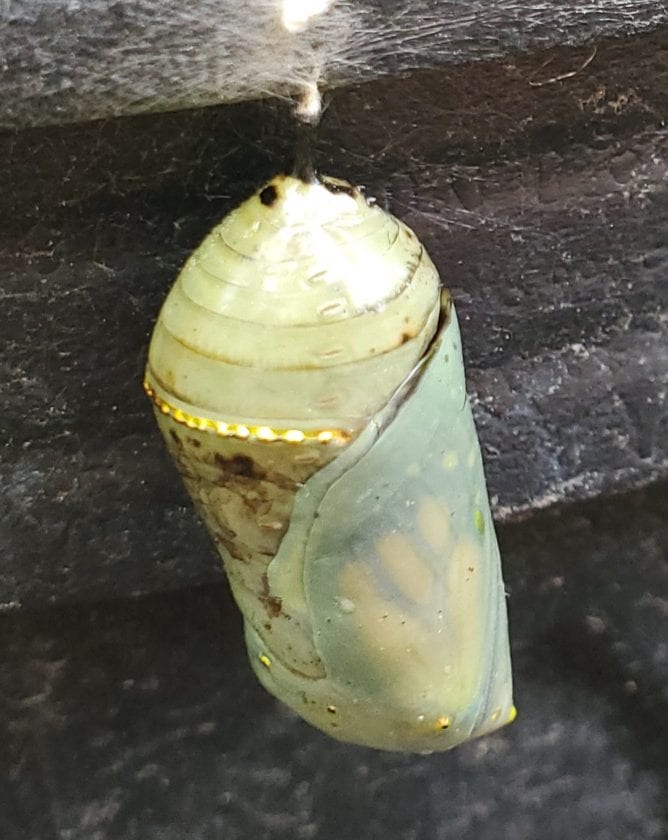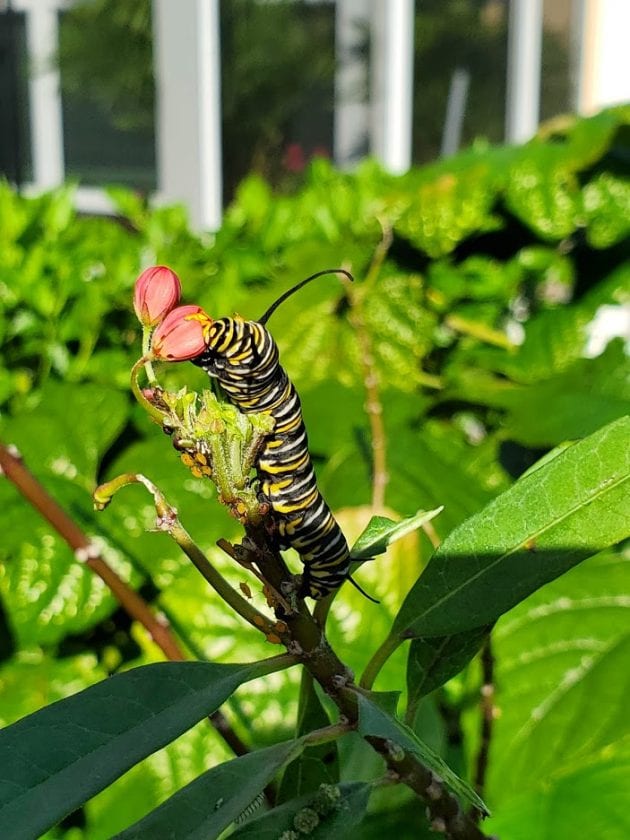Magical monarchs
Jan 14, 2021
The monarch (Danaus plexippus) is perhaps the most widely recognized butterfly in the world. Many people are familiar with the migration of West Coast monarchs to California and East Coast monarchs to Mexico; monarchs are the only butterfly species in the world that undertakes such a long-distance round-trip migration. Most people, however, are not aware that Florida has a monarch population that does not migrate. Attracted by our warm climate and continuously available host plants, monarchs that usually migrated from Canada and the northeast settled in South Florida and decided to stay. This Florida population now stays in the state year-round and continuously breeds; scientists speculate that the warm climate stimulates their reproductive behavior, which then disrupts their hormonal balance and results in the loss of their ability to migrate north.
Monarch larvae feed almost exclusively on milkweed plants, and the butterfly’s range depends on the availability of host plants for larvae and nectar plants for adults. Florida has about 20 milkweed species; all are native except the tropical milkweed, Asclepias curassavica. The tropical milkweed has attractive red and yellow blooms, and is the variety most readily available in garden centers; however it poses some problems for butterflies, and native varieties are recommended. I have both native and tropical milkweed species in my gardens and I have noted that the monarchs have a distinct preference for the tropical variety! In addition to the milkweed host plant, nectar plants to sustain the adult monarchs are a must for the butterfly garden; native nectar plants include mist flower, cat’s tongue, goldenrod, Spanish needles and liars. A full list of milkweed and nectar plants can be found on the UF/IFAS Extension web site. Click here: Milkweed and Nectar Plants
Monarchs weigh less than one gram, with adults averaging about half a gram. Typically, monarchs live between 2 and 6 weeks; the butterflies that undertake the long migration to California or Mexico do not become sexually mature because of the cooler temperatures, which also conserves their energy. When spring arrives, the monarchs become mature and reproduce, beginning the first new generation that will migrate north. As these monarchs make their way north, their offspring continue the journey and will reproduce over the summer; the monarchs that travel south in the fall have never been south before! Monarchs can lay over 1,000 eggs in their lifetime, but most probably average 400-500 eggs. The progression from egg to adult takes about one month. Eggs are laid on the milkweed plant; each individual egg is about the size of the period at the end of this sentence. Once the eggs hatch, the familiar black, white and yellow striped monarch larva (caterpillar) emerges to feed on milkweed and grow very rapidly – in fact they grow so fast that they shed their skin five times before they pupate! The larvae then transform into pupa, also known as a chrysalis.

The chrysalis is a jade color with gold markings, suspended from the underside of leaves by a silk button that the larva spins. The larva forms its body into a J-shape and the skin splits and falls away; underneath the old skin is the jade green chrysalis. Monarchs remain in the chrysalis for 8-12 days, and just prior to emergence, the chrysalis becomes clear. The front of the chrysalis splits open and the butterfly emerges with folded wings. The monarch must pump up its wings using fluid stored in its abdomen; once the wings are extended the monarch is ready to fly.

One of my favorite diversions during this pandemic has been to observe the monarchs in my gardens. Since I have an abundance of nectar plants and milkweed, my butterfly garden is full of activity, and I delight in watching the progression of these beautiful creatures. I usually visit the garden several times a day to monitor the larva population and their progress; one day I counted 19 larva of various sizes feasting on milkweed. Over the past few months I’ve eagerly watched chrysalis development, and recently witnessed a monarch emerge from the chrysalis.
Establishing a butterfly garden is one of the easiest ways I can recommend for you to enjoy nature in your own backyard!

CATHY DUNN A monarch caterpillar on a milkweed plant.
Cathy Dunn is a Florida Master Gardener and member of the Garden Club of Cape Coral.
